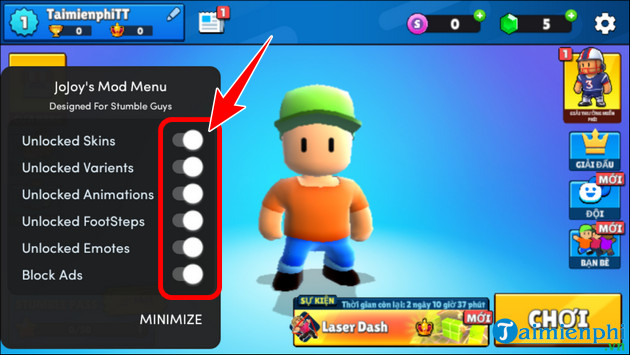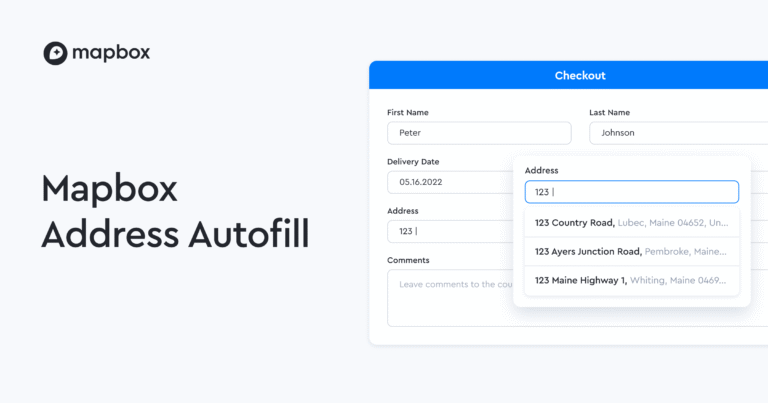
Ping Shell Unblocked
Introduction to Ping Shell Unblocked
The phrase Ping Shell Unblocked might sound a little confusing if you’re hearing it for the first time. On the surface, it combines two terms that are often used in very different contexts. “Ping shell” generally refers to a lightweight online tool, terminal emulator, or script environment that allows users to test commands, check connectivity, or run simple scripts. When you add the word “unblocked,” it usually points toward tools, websites, or services that have been restricted by schools, offices, or networks but are accessible again through certain methods.
In simpler terms, Ping Shell Unblocked is often seen as a way to access command-line-like functionality online without restrictions. People use it for testing network pings, running basic shell-like operations, or simply experimenting with technology from a browser, even if their system doesn’t allow them to install or run command line software.
Over the last few years, tools like these have gained popularity, especially among students and professionals who want flexibility but are often limited by strict firewalls or IT policies. It’s not always about bypassing rules—it’s also about having quick access to useful utilities without having to download heavy software.
What Exactly Is a Ping Shell?
Before diving into the “unblocked” part, it’s important to fully understand what a ping shell is. A shell, in computer terms, is simply an interface that lets you interact with the operating system. For example, the Windows Command Prompt, macOS Terminal, and Linux Bash are all shells. They allow you to type commands and get responses from your system.
A ping command, on the other hand, is one of the most basic yet essential networking commands. It’s used to test whether one device can communicate with another over a network. If you type ping google.com, for example, your computer sends packets to Google’s server and waits for a response. If the server replies, you know your internet is working. If not, you can begin troubleshooting.
When you combine these concepts, a ping shell usually refers to a web-based shell or command-line emulator that allows you to perform ping tests and sometimes other basic commands. These are often lightweight, browser-friendly tools that don’t require local installation. They’re handy for people who want to quickly check connectivity without having to set up a full terminal.
Why Do People Search for Ping Shell Unblocked?
Now comes the real question: why do so many people specifically search for Ping Shell Unblocked instead of just “Ping Shell”? The answer lies in accessibility and restrictions.
- School Restrictions
Many schools block access to command-line tools, online utilities, or network testing websites. The reasoning is simple—administrators don’t want students bypassing filters, checking firewalls, or experimenting with things that could lead to misuse. But curious students still want to learn and test out commands, which is why they look for unblocked versions of these tools. - Workplace Firewalls
Offices often have strict IT policies. They block websites that are unrelated to productivity, and network tools often fall into this category. However, IT workers or even curious employees may sometimes need access to such utilities for legitimate purposes, leading them to search for “unblocked” solutions. - Learning and Experimentation
For beginners in networking, coding, or cybersecurity, learning by doing is essential. Having access to an unblocked ping shell allows them to test commands freely. Even though there are many local alternatives, online shells are often simpler, faster, and less intimidating.
Essentially, people search for Ping Shell Unblocked because they want freedom—freedom to experiment, freedom to troubleshoot, and freedom to learn without being limited by firewalls or access restrictions.
How Does a Ping Shell Work?
If you’ve never used one before, you might be wondering how an online ping shell actually functions. Surprisingly, the process is quite straightforward.
- Web-Based Emulation
Most ping shells are hosted on a server that provides a command-line interface through your web browser. When you type a command likeping google.com, it doesn’t run on your computer directly but on the server’s side. The server then shows you the result. - Connectivity Testing
The server sends out ICMP (Internet Control Message Protocol) packets to the target domain or IP you specify. It measures how long it takes for the packets to reach the target and return. This helps you see latency, packet loss, and connection reliability. - Added Features
Some ping shells don’t just stop at pinging. They may offer traceroute, DNS lookups, or even simple shell commands. Advanced versions give you the feel of using a Linux terminal directly from your browser.
What makes them interesting is their portability. You don’t need to install anything, and you can access them from any device, including Chromebooks, tablets, or even smartphones.
The Concept of “Unblocked” in Online Tools
When you see the word “unblocked,” it usually means the tool or site has been designed or mirrored in a way that bypasses restrictions. For example, if your school blocks “pingshell.com,” developers may create “pingshellunblocked.net” or a similar domain to allow users to continue accessing the service.
There are a few common strategies behind unblocked versions:
- Proxy or Mirror Sites
Developers host the same tool on multiple domains. When one gets blocked, users can access another. - Cloaked Domains
Some websites use generic-sounding names that don’t raise suspicion, making them less likely to be restricted by filters. - VPN or Proxy Usage
Many users access blocked sites through VPNs, allowing them to bypass firewalls altogether. In these cases, “unblocked” doesn’t refer to the site itself but the method of accessing it.
In short, unblocked tools are about accessibility. They’re not necessarily illegal or harmful; they simply provide a workaround for restrictive networks.
Educational Benefits of Using Ping Shell Unblocked
One of the most overlooked aspects of ping shells is their educational value. When students or learners gain access to an unblocked shell, it can open up new opportunities to explore technology hands-on.
- Learning Networking Basics
Instead of just reading about how ping works, students can actually try it themselves. They can test different domains, observe response times, and understand how packet loss affects communication. - Experimenting Safely
Because most ping shells are server-based, there’s no risk of accidentally misconfiguring your own computer. It’s a safe environment to learn without consequences. - Understanding Real-World Latency
By pinging different servers around the world, learners can see how distance affects internet speed. This gives them a practical understanding of concepts like latency and routing.
In classrooms, unblocked ping shells can actually support learning in IT and computer science subjects. Instead of being seen as a distraction, they could be integrated as teaching aids.
Risks and Concerns of Using Ping Shell Unblocked
While there are benefits, it’s equally important to address the risks. Searching for “ping shell unblocked” can sometimes lead users to unsafe or malicious websites.
- Security Risks
Some sites masquerading as unblocked tools may actually contain malware, trackers, or phishing attempts. Because users are often desperate to bypass restrictions, they might click on unsafe links. - Violation of Policies
In schools or workplaces, using unblocked tools can be seen as breaking IT policies. Even if your intentions are innocent, it might get you in trouble with administrators. - Data Privacy
When you type commands into a server-hosted shell, your activity is processed on that server. If the service isn’t trustworthy, your data could be logged or misused.
Because of these risks, it’s crucial to be selective about which unblocked tools you use. Sticking to reputable sources and avoiding sketchy websites is the safest route.
Safe Alternatives to Ping Shell Unblocked
If you’re worried about the risks but still want similar functionality, there are safer alternatives:
- Built-In Command Prompt/Terminal
Every computer already has ping functionality. On Windows, open Command Prompt; on Mac or Linux, open Terminal. These are always safer than random online shells. - Online Trusted Tools
Well-known platforms like Ping.eu, MXToolbox, or Google’s networking tools offer safe and reliable alternatives. - VPN + Official Sites
If a site is blocked but legitimate, using a VPN to access it is usually safer than hunting for random unblocked versions.
Ultimately, the safest solution is to rely on your system Ping Shell Unblocked’s built-in capabilities while only using trusted online tools when necessary.
The Future of Ping Shell and Unblocked Tools
With the growing popularity of browser-based utilities, it’s likely that ping shells and similar tools will continue to evolve. Instead of being seen as underground “unblocked” hacks, they may eventually become mainstream educational resources.
For instance, many coding platforms already offer online Ping Shell Unblocked terminals for students. If integrated responsibly, ping shells could become part of learning platforms, offering safe, restricted environments for experimentation. This would eliminate the need for students or professionals to hunt for unblocked versions in the first place.
As schools and workplaces shift toward more digital environments, the balance between security and accessibility will continue to be important. The key is finding ways to let people learn and test tools without compromising safety.
Final Thoughts
The concept of Ping Shell Unblocked is more than just a search term—it represents a broader conversation about accessibility, learning, and restrictions in the digital world. While these tools can provide real educational value, they also come with risks that users should be aware of.





